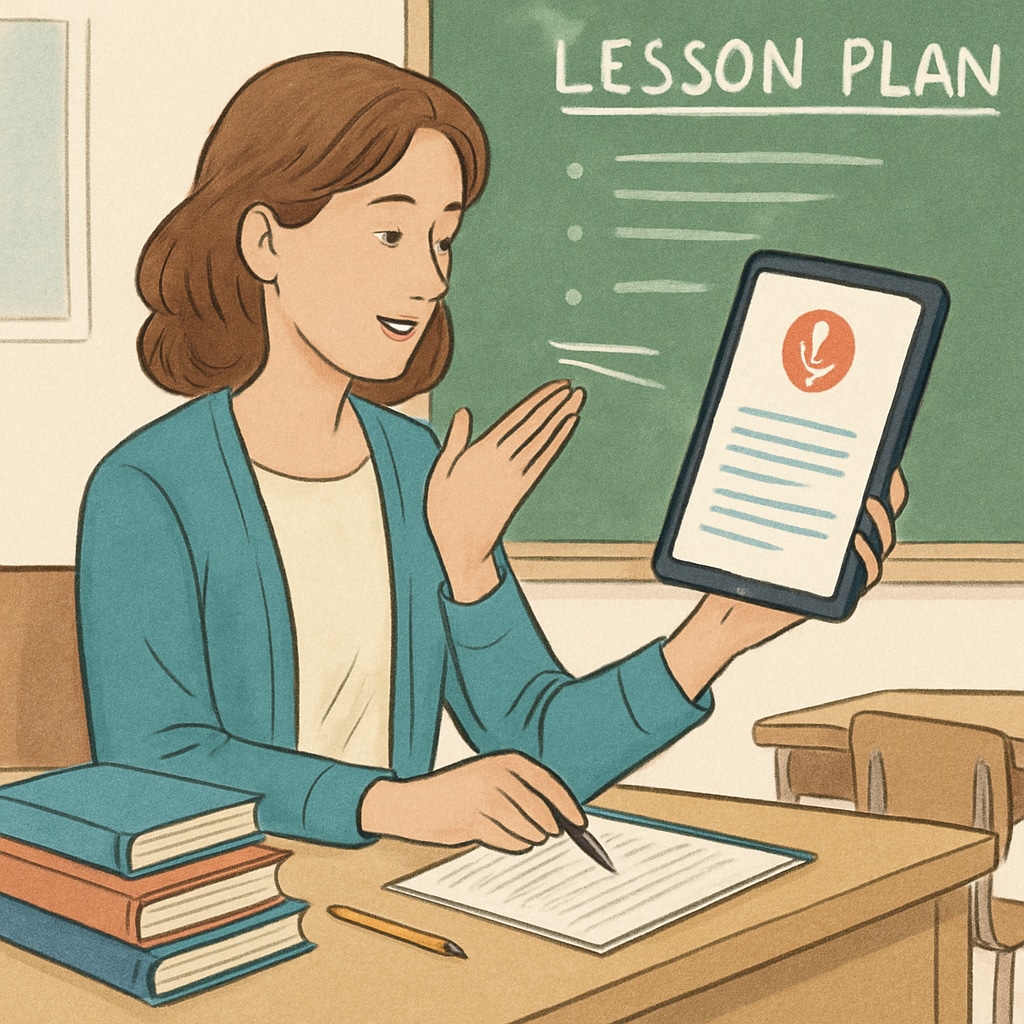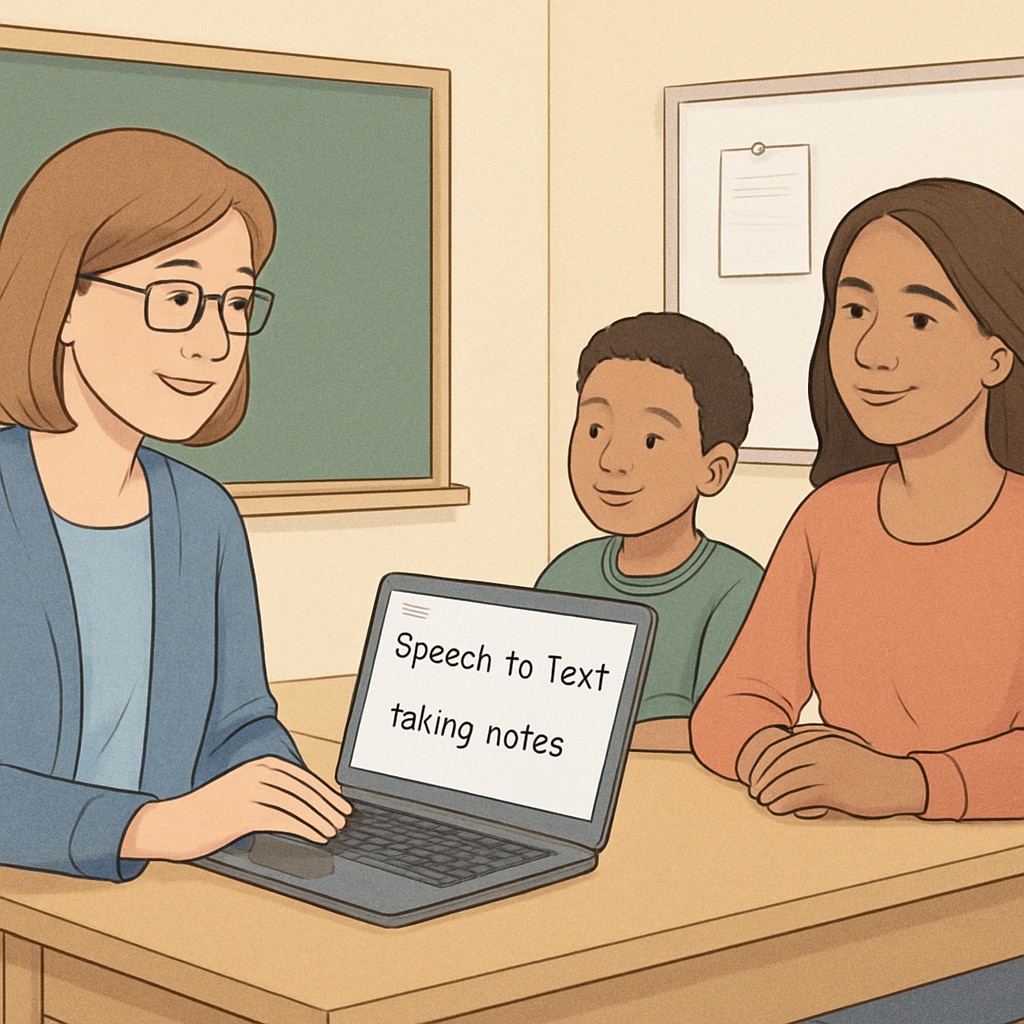In today’s fast-paced educational environment, integrating cutting-edge technology is no longer optional—it’s essential. Tools like WillowVoice, a speech-to-text application, are revolutionizing education by improving teaching efficiency, streamlining workflows, and enhancing classroom quality. By leveraging this innovative technology, educators can focus more on meaningful interactions with students and less on administrative tasks.
Transforming Teaching Workflows with Speech-to-Text Technology
Traditional teaching workflows often involve time-consuming processes like preparing lesson plans, providing detailed feedback, and managing communication with parents. WillowVoice simplifies these tasks by converting speech to text quickly and accurately. For instance, teachers can dictate their lesson plans or feedback instead of typing, saving valuable time and energy.
This technology also allows educators to record classroom observations in real-time, making it easier to track student progress and identify areas for improvement. As a result, teachers can dedicate more effort to tailoring their teaching strategies to meet individual student needs.

Enhancing Communication and Collaboration
Communication is a cornerstone of effective education. WillowVoice enables seamless collaboration between teachers, students, and parents by facilitating quick and accurate transcription of spoken words into written communication. Whether it’s drafting an email to parents or preparing a report for school administrators, this tool ensures that messages are clear and concise.
For example, during parent-teacher conferences, teachers can use WillowVoice to transcribe key discussion points, ensuring no important detail is missed. This not only improves transparency but also strengthens the partnership between parents and schools.

Improving Classroom Quality Through Efficient Feedback
Providing timely and personalized feedback is critical for student growth. However, it can be a daunting task, especially for educators handling large classes. WillowVoice streamlines this process by allowing teachers to dictate their feedback, which is then transcribed into text. This not only speeds up the feedback process but also ensures that students receive detailed and actionable critiques.
Moreover, the ability to quickly record and organize thoughts helps teachers maintain consistency and fairness in their evaluations. By reducing the administrative burden, educators can focus on delivering high-quality teaching and fostering a more engaging learning environment.
The Broader Impact of Technology on Education
Adopting tools like WillowVoice is part of a broader trend towards digital transformation in education. According to the Educational Technology Wikipedia page, integrating technology into classrooms not only improves efficiency but also enhances learning outcomes. Speech-to-text technology, in particular, has proven to be a game changer, enabling teachers to manage their workload more effectively while simultaneously improving the student experience.
Additionally, these tools promote inclusivity by assisting teachers in addressing the diverse needs of their students, including those with learning disabilities. By making education more accessible and efficient, technologies like WillowVoice are shaping the future of teaching and learning.
Conclusion: A New Era of Teaching Efficiency with WillowVoice
As classrooms evolve, so must the tools educators use. WillowVoice exemplifies how speech-to-text technology can transform traditional teaching workflows, boost efficiency, and improve educational quality. By simplifying tasks such as lesson planning, communication, and feedback, this tool empowers teachers to focus on what truly matters: fostering student growth and building meaningful connections.
The future of education lies in embracing innovative solutions. Tools like WillowVoice not only make teaching more efficient but also pave the way for a more engaging and inclusive learning environment. It’s time for educators to harness the power of technology and redefine what’s possible in the classroom.
Readability guidance: This article uses concise paragraphs, clear transitions, and lists where applicable to enhance readability. Speech-to-text and related educational tools are contextualized for an audience familiar with teaching challenges.


